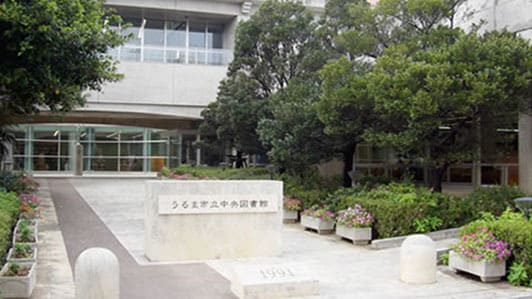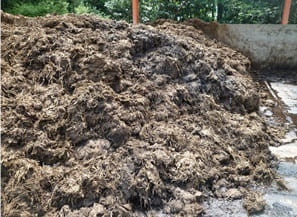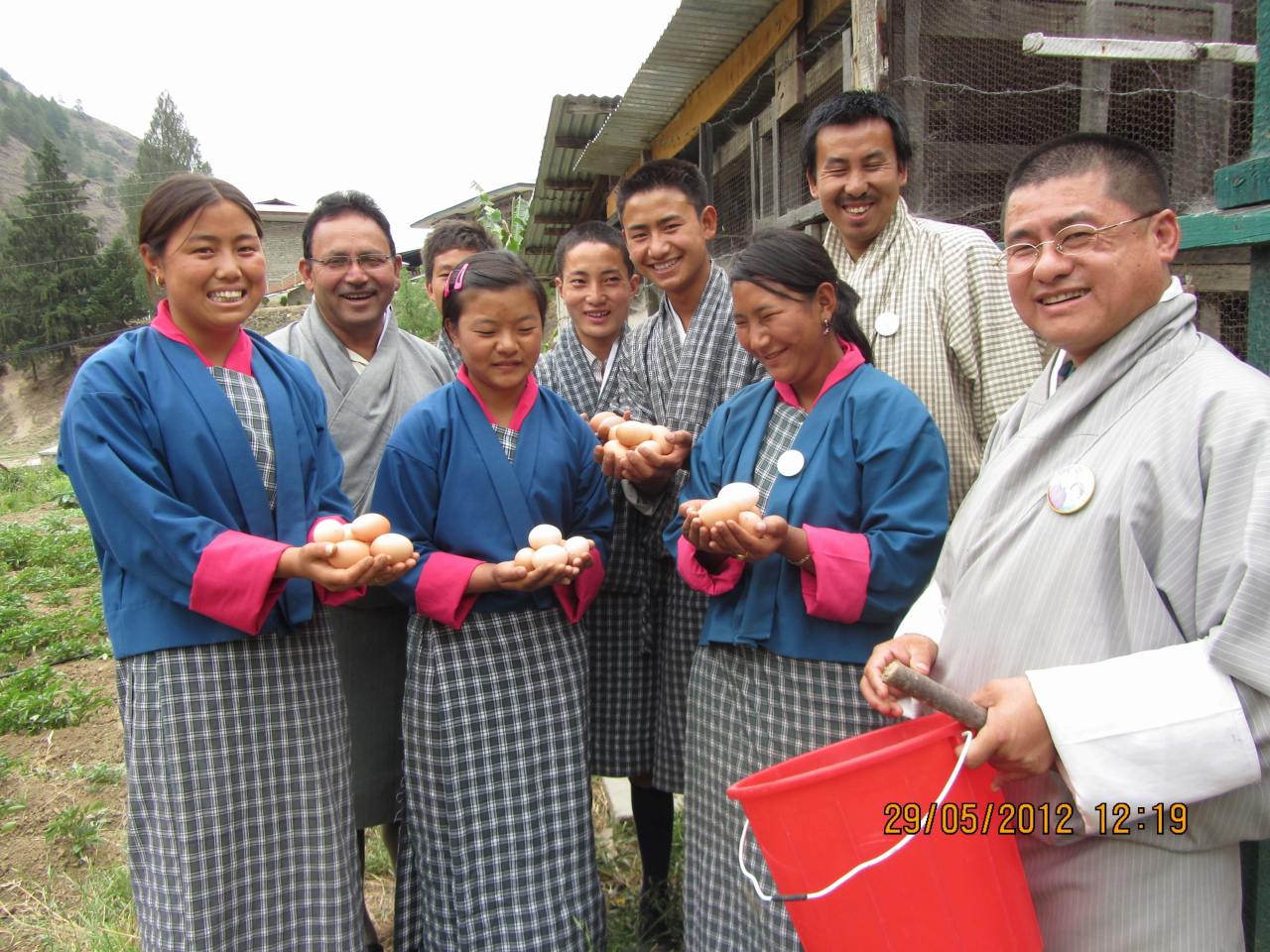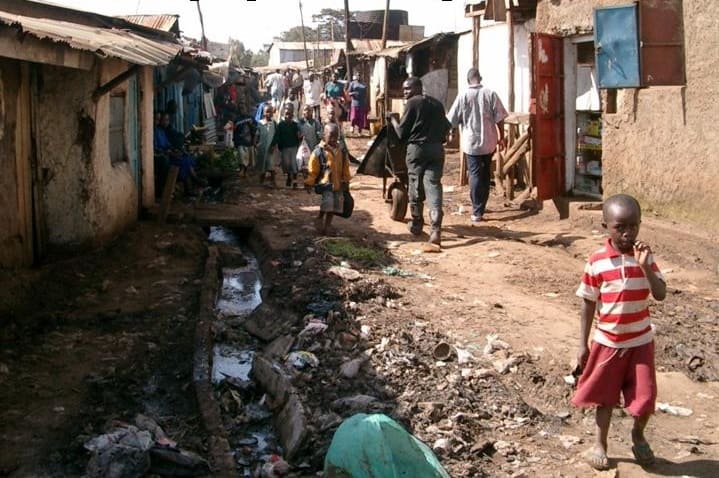Case Studies
-

House of Hope, NPO group with the help of people with disabilities, recycling organic wastes
Japan
Nozomi no Sato (House of Hope in Japanese) is a NPO group which uses EM Technology to recycle organic wastes. It is also a home for disabled people who learn social and work skills through contributing to the recycle programs. Let's hear the story from House of Hope. more
-

Drinkable Water at City Library Bathroom
Japan
Okinawa was once known for its water shortage and water supply problem.
In 1991 Uruma City library (former Gushikawa City) developed a new design system with the purpose of reusing rainwater. The 250 ton storage tank set on the basement connected with double water pipes and sillcok for watering, make it easier to handle. However, without enough rain this system could not work.
Therefore, under the instructions of Prof. Higa, EM technology was introduced in the system and made possible the recycling and using the source of water. more -

EM1 Boosts Chili-pepper Yield
United States of America
Several small farmers of chili pepper found that their yield increased significantly by EM application. This surprised not only the farmers but also the manufacturer of the fertilizer. What is EM-1? How can it be used?
more -

EM-Grown Bananas
Ecuador
`There is no waste at the farm.` According to Tanabe Farm, the production of bananas is cyclic. For soil conditioning, EM Bokashi is used. The compost is used for growing bananas. No chemical fertilizer and pesticide is used, while applying Activated EM・1. Moreover, the bananas are wrapped in bags to keep insects away. As if they were raring child, Tanabe Farm grows their bananas. Furthermore, the bananas are available in Japan.
more -

Data Shows Decline of Radioactivity
Japan
When Fukushima earthquake and tsunami hit north east Japan, Mr. Takizawa's farm was affected severally; their milk was suspended, and their grass was contaminated by radioactive substances. In 2012, however, he found potential treatment -photo-tropic bacteria. With EM Research Organization, he started experiments using EM Technology to resume their safe pasture-based milk production again... more
-

Students Participate in Kingdom's Agriculture
Bhutan
It was in 1994 when Bhutan started applying EM Technology in agriculture. They aimed at developing nature farming which can produce EM-treated materials for schools, farmers and other users. The next big change began since 2000 when the Ministry of Agriculture and Forests and Education enacted the School Agriculture Project to teach youth potential of agriculture.
more -

EM for Sustainable Society
Colombia
There is a city called Cajica in Colombia where environmental problems became serious which they believe stem from precarious community-management of household wastes. The city’s catholic organization called FUNDASES decided to improve the situation with 55000 residents in the city. Through their educational programs and training, children and adults learned how to make wastes compost with EM Technology for soil conditioning.
more -

Kibera Changed with EM Technology
Kenya
The Kibera slum, the largest slum in East Africa, is in Kenya where a million people stay without well-established infrastructure(e.g., no tap water, poorly conditioned toilets). To improve the environment, a group of organizations and the Kenya government established a joint venture to improve the sanitation with EM Technology while creating jobs for those who seek. more
-

Students Give Back to the Community with EM
New Zealand
Students at University of Canterbury, New Zealand decided to recycle the food waste for compost in 2010. The recycling process was set up from putting the food wastes into wheelie bins to fermenting the mixture of the wastes and EM Bokashi to using for soil treatment.
more -

High quality olive oil from EM-grown olives trees
Spain
Olives grown with passion and EM give high quality fruits to produce delicious and healthy oil. more
-

Agri-eco Tourism with EM
Philippines
Costales family runs a farm growing food and farming in- and out of water in south of Manila, Philippines. Their style is nature farming, which was awarded by the president in 2012. Farming was not the only business of theirs. They hold workshops to spread EM Technology use in the neighborhood.
more -

EM philosophy in Soybean Stubble
Uruguay
This paper explains EM application in a large-scale soybean farm and lists the effects. It shows a cost-performance per ha to apply EM Technology in soybean farming. The effects (e.g., improving the soil, preventing the seed from having pathogens) are included many enough to support the value of applying the technology. more